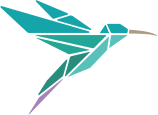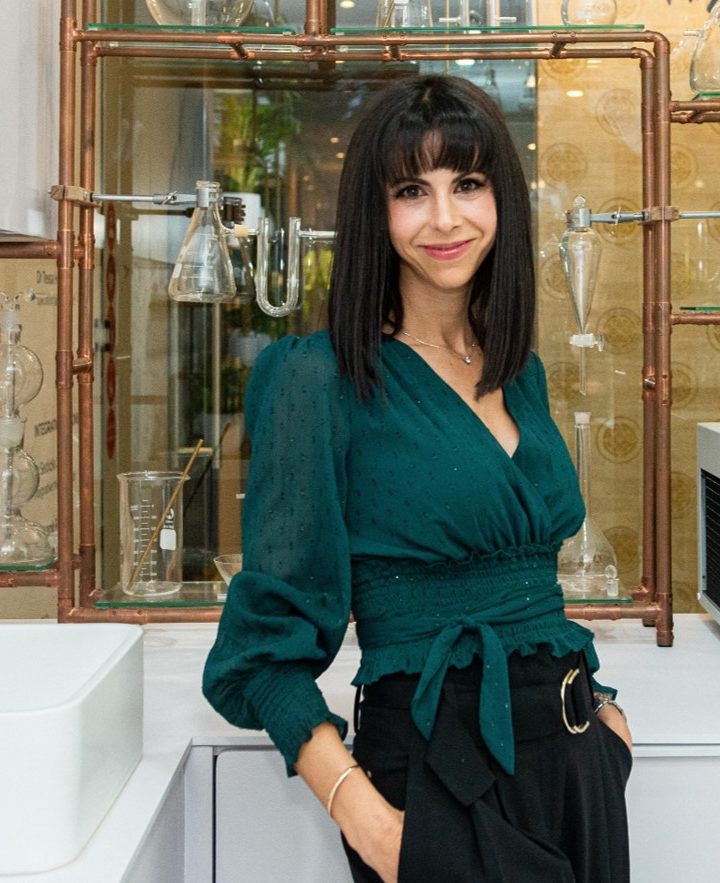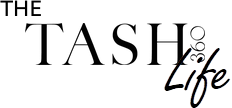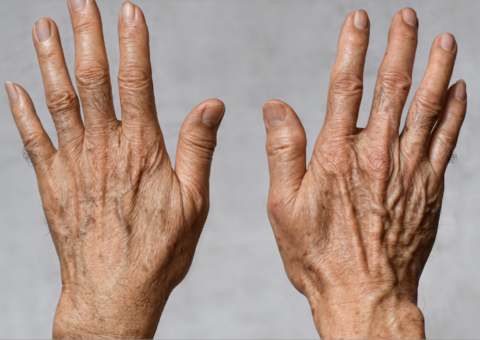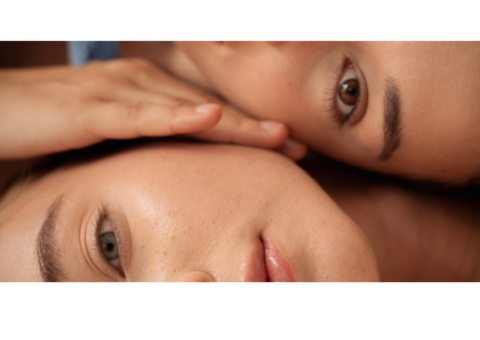![]() What is threading?
What is threading?
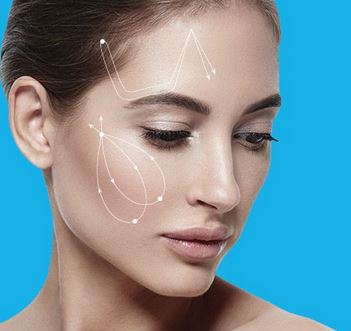
The thread lift is a minimally invasive alternative to surgery.
It’s used to treat sagging of the face, and involves inserting specially designed threads under the skin into the soft tissues of the face to create a lifting, tightening effect and rejuvenation of the skin.
Thread materials have traditionally been used as surgical stitches and are absorbable, which means over time the thread will break down and be absorbed into the body. This usually occurs after 12 – 24 months, depending on the type of thread used.
![]() Are there different types of threads?
Are there different types of threads?
Yes, there are three main types of threads currently available – each with a different composition: polydioxanone (PDO), poly L lactic acid (PLLA), and polycaprolactone (PCA). Some threads are barbed, others have cones, and some are smooth. The insertion technique is different for each thread and specific area of the face. Choosing the right type of thread depends on what area you would like to treat, the desired length of effect, and your budget.
![]() Which threads are used at TASH 360?
Which threads are used at TASH 360?
In our practice, we use Aptos threads (which contain both PLLA and PCL).
![]() How can threading help me?
How can threading help me?
The combination of PLLA and PCL in Aptos threads stimulates both collagen and elastin, while containing added hyaluronic acid for further skin rejuvenation.
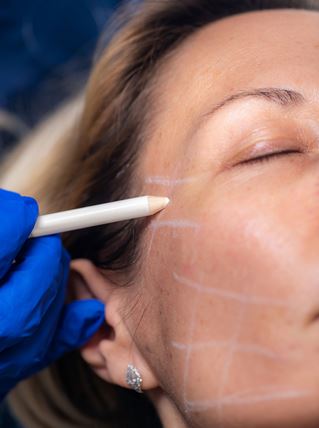
And if that’s not enough, threads can even be used to lift and shape the nose as well as treat excessive show of the ears, which makes them a great alternative to a surgical otoplasty (i.e pinning the ears back surgically).
Threads not only mechanically lift and tighten the soft tissues of the face, but they also stimulate collagen production by means of placing a ‘foreign object’ into the tissues of the face so the body’s natural healing response is triggered. This causes the body to produce collagen in the treated areas.
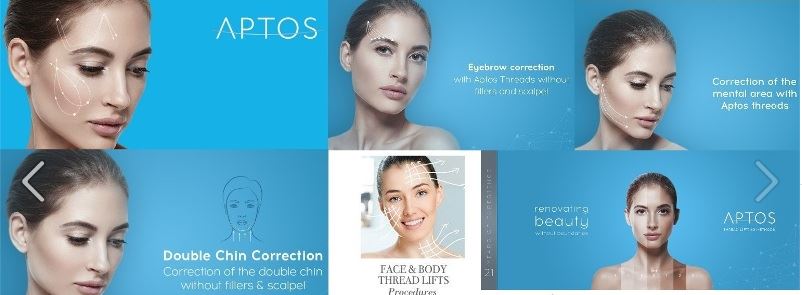
![]() What can I expect during the threading procedure?
What can I expect during the threading procedure?
The threads placed under the skin are so small and thin that patients cannot feel or see the them once healing has occurred. The procedure is performed under local anaesthesia and takes around 30 – 45 minutes. Threads are inserted with a needle through small holes made in the skin so there are no surgical incisions, making this a minimally invasive treatment with minimal downtime.
![]() What can I expect after the threading procedure?
What can I expect after the threading procedure?
After the procedure, it is important to avoid excessive facial movements for 2 weeks. Other important precautions include avoiding exercise for 2 weeks, ensuring that you sleep face-up and elevated for a few days after the procedure, and taking care when washing your face as not to exert too much pressure or massage the skin. Saunas, sunbeds, and direct sunlight should be avoided for 3 weeks afterwards; and you shouldn’t schedule any dental appointments for at least 3 weeks post-procedure. The procedure is performed under sterile conditions however as with any procedure, infection can pose a small risk. This can be treated with antibiotics should it occur.
![]() How long do the results last for?
How long do the results last for?
Results of the thread lift last around 18-24 months. Once the thread has dissolved, there is still improved collagen and elastin in that area and patients enjoy an enhanced appearance even after the 2 years have passed.
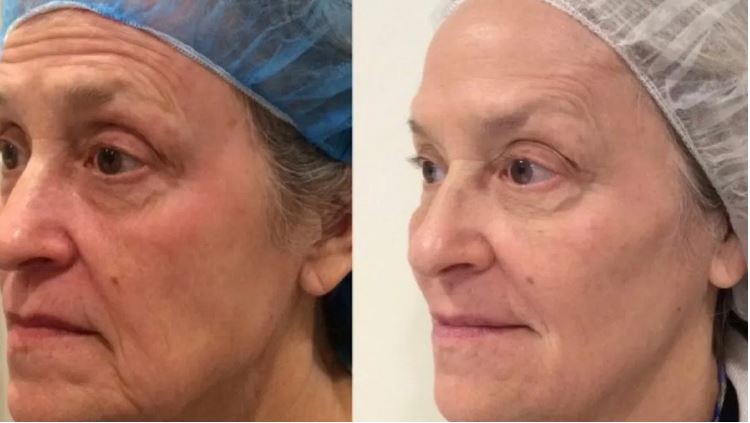
![]() Am I a suitable candidate to undergo this procedure?
Am I a suitable candidate to undergo this procedure?
The best candidate for a thread lift is a patient between 35 and 55 years old with mild to moderate sagging of the face. If there is severe sagging or excess skin it might be better to opt for surgery.
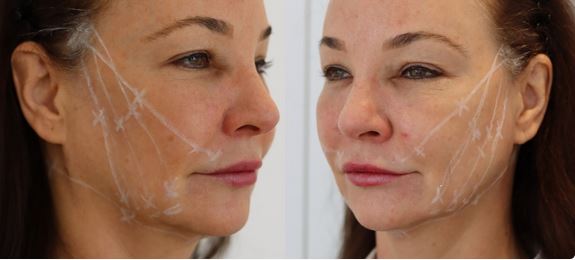
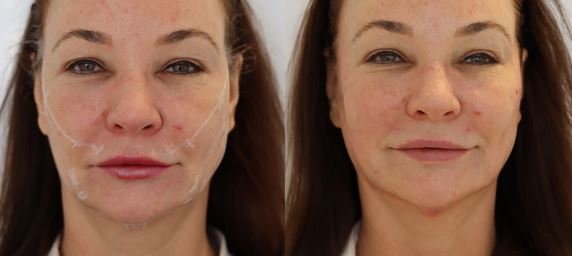
![]() When should I NOT consider ‘threading’?
When should I NOT consider ‘threading’?
Patients with auto-immune diseases (e.g. Lupus), ischaemic heart disease, susceptibility to keloids or hypertrophic scar formation, pregnant or lactating women, and anyone with a blood disorder (e.g. haemophilia) should avoid threading altogether. Finally, patients who already have non-absorbable (permanent) threads in the area to be treated should also avoid this treatment.
![]() Dr Jemma’s Story & Further Recommendations:
Dr Jemma’s Story & Further Recommendations:![]()
I had my first thread lift at 30 years old to treat mild sagging and prevent further sagging. I now have my thread lifting procedure every 2 years, and it has definitely slowed down the aging process and kept my skin firm, supple and bright.
I encourage the use of threads in combination with other treatments like fillers and botox. This boosts and enhances the effects of the thread lift and allows for a multi-level approach. An added bonus is that less filler is required to produce results. Added skin resurfacing treatments are also great in combination with the thread lift.
Threads are a great, minimally invasive alternative to surgery for those patients not wanting to go under the knife or who are at high risk for receiving an anaesthetic. Proper patient selection and managing patient expectations are important to ensure the best results and patient satisfaction. Always ensure you consult with a qualified medical practitioner trained in thread lifting practices.

